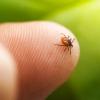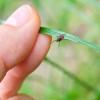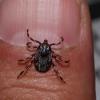No changes to chromium (VI) adverse health effect list
No changes will be made to the list of adverse health effects that may be caused by exposure to chromium (VI) in the workplace. According to RIVM, the latest scientific literature has resulted in no new insights.








